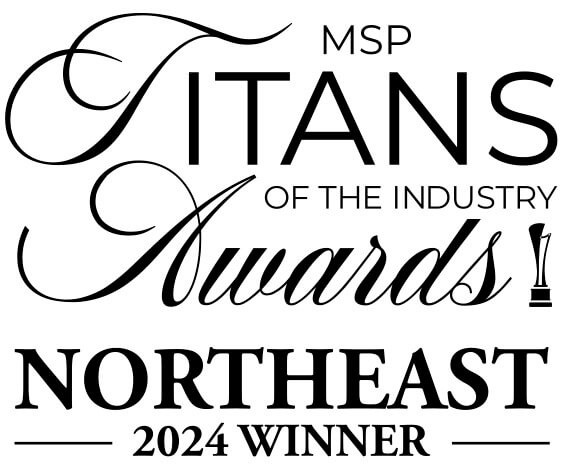BNMC Blog
The Technology Behind the Iconic New Years Ball
The New Year brings a sense of renewal—a chance to start fresh and set intentions for the year ahead. It’s also a time for cherished traditions, none more iconic than the famous Times Square Ball Drop. As millions watch the illuminated ball descend, signaling the countdown to midnight, few realize the rich history and technological evolution behind this beloved custom.
How the Times Square Ball Drop Began
Before clocks were standardized, “midnight” was subjective. Back then, the New York Times offices, located in Times Square, marked the New Year with fireworks. However, this tradition ended in 1907 due to safety concerns. Not wanting to abandon the celebrations, Times publisher Adolph Ochs commissioned metalworker Jacob Starr, an immigrant from Ukraine, to design a safer display: the Times Square Ball.
Inspired by Nautical Time Balls
Starr’s creation was inspired by time balls, used since 1818 to help ship captains synchronize their clocks at sea. These devices dropped at specific times each day, allowing sailors to reset their instruments. The first Times Square Ball, a 700-pound iron-and-wood orb illuminated by 100 25-watt bulbs, debuted on New Year’s Eve in 1907. It was lowered manually using a stopwatch for precision.
Standardized time zones, introduced by railroads in 1883 and later codified by law in 1918, ensured that celebrations like the Ball Drop could be synchronized across the country.
The Changing Look of the Times Square Ball
Since its debut, the Times Square Ball has undergone multiple transformations:
1920 - A new ball made of wrought iron weighed 400 pounds.
1955 - Aluminum replaced wrought iron, reducing the ball’s weight to 150 pounds.
1980s - A festive redesign added red bulbs and a green stem for New York’s “I Love NY” campaign.
1995 - The ball received rhinestones, strobe lights, and computerized controls, retiring the manual lowering process.
2000 - Waterford Crystal and Philips Lighting collaborated to create a stunning ball for the new millennium.
2007 - The Centennial Ball introduced energy-efficient LED lights capable of displaying vibrant colors.
The current permanent ball, unveiled in 2008, weighs nearly six tons, spans 12 feet in diameter, and is admired year-round.
A Tradition Enhanced by Technology
Over the years, technological advancements have made the Ball Drop more spectacular. Innovations include computerized countdowns, confetti cannons, synchronized noisemakers, and dazzling light shows. Last week, over a billion people tuned in worldwide to witness this iconic celebration.
As technology continues to evolve, we can expect the Times Square Ball Drop to grow even more dazzling, symbolizing the endless possibilities of the year ahead.




Comments